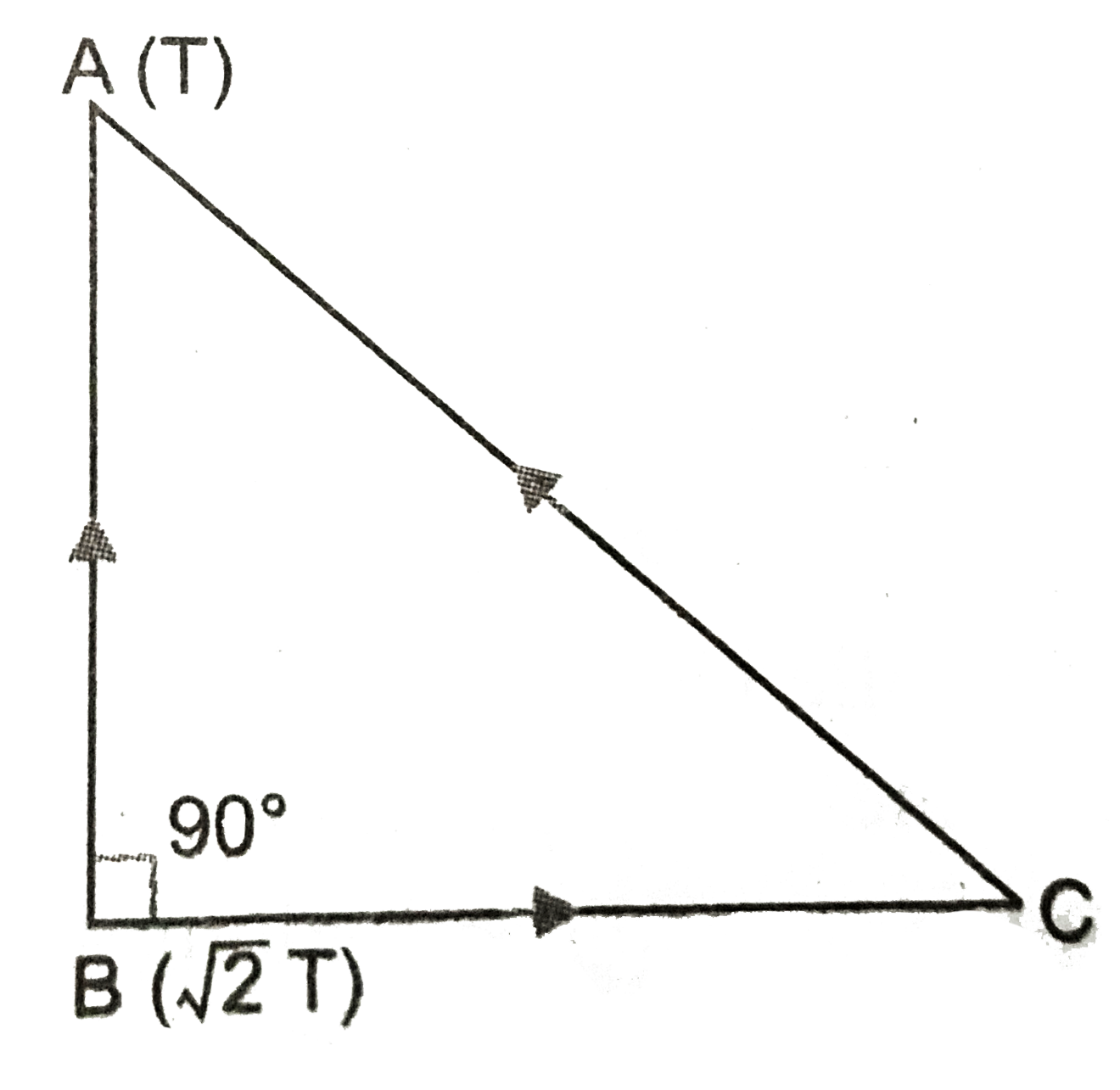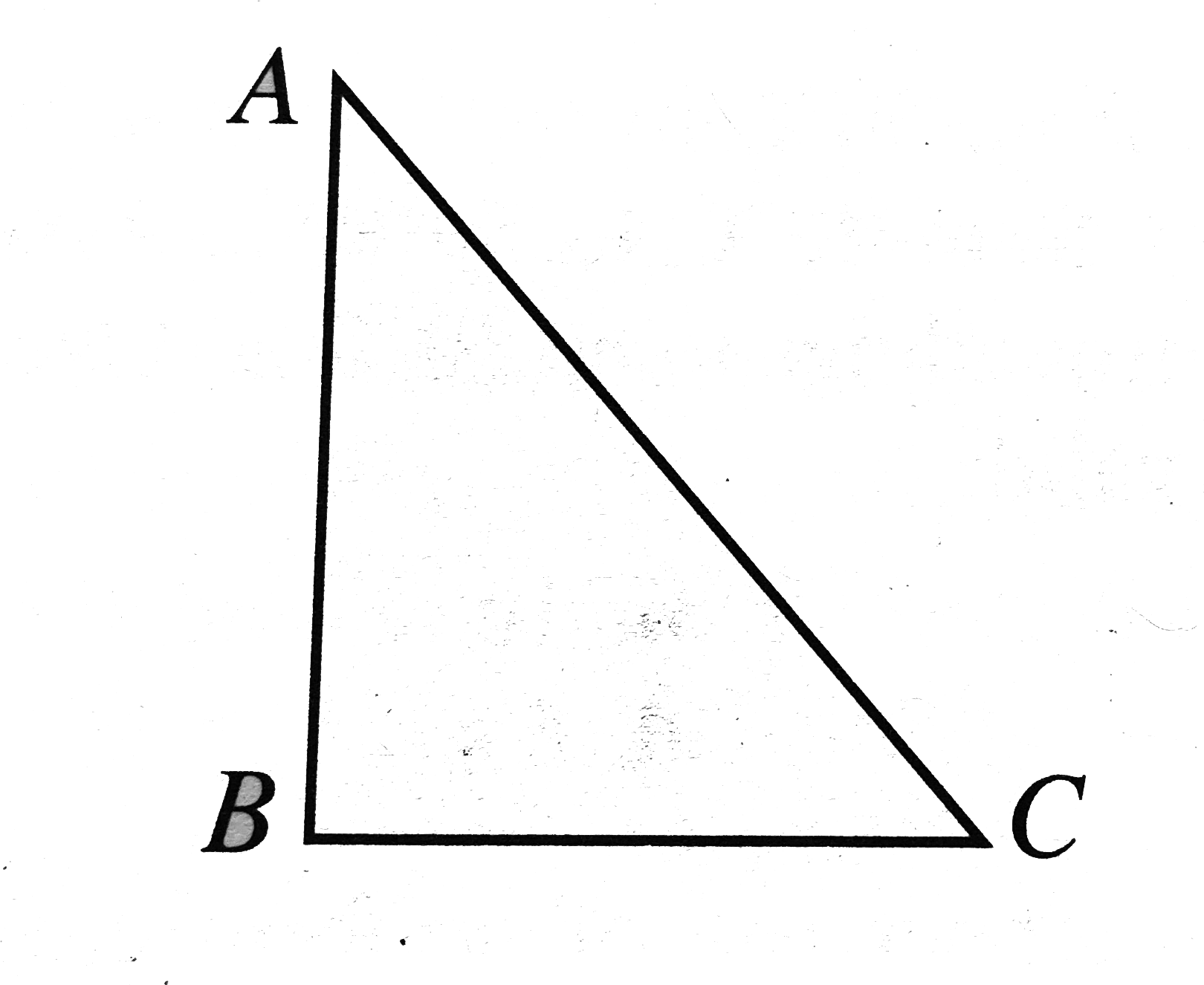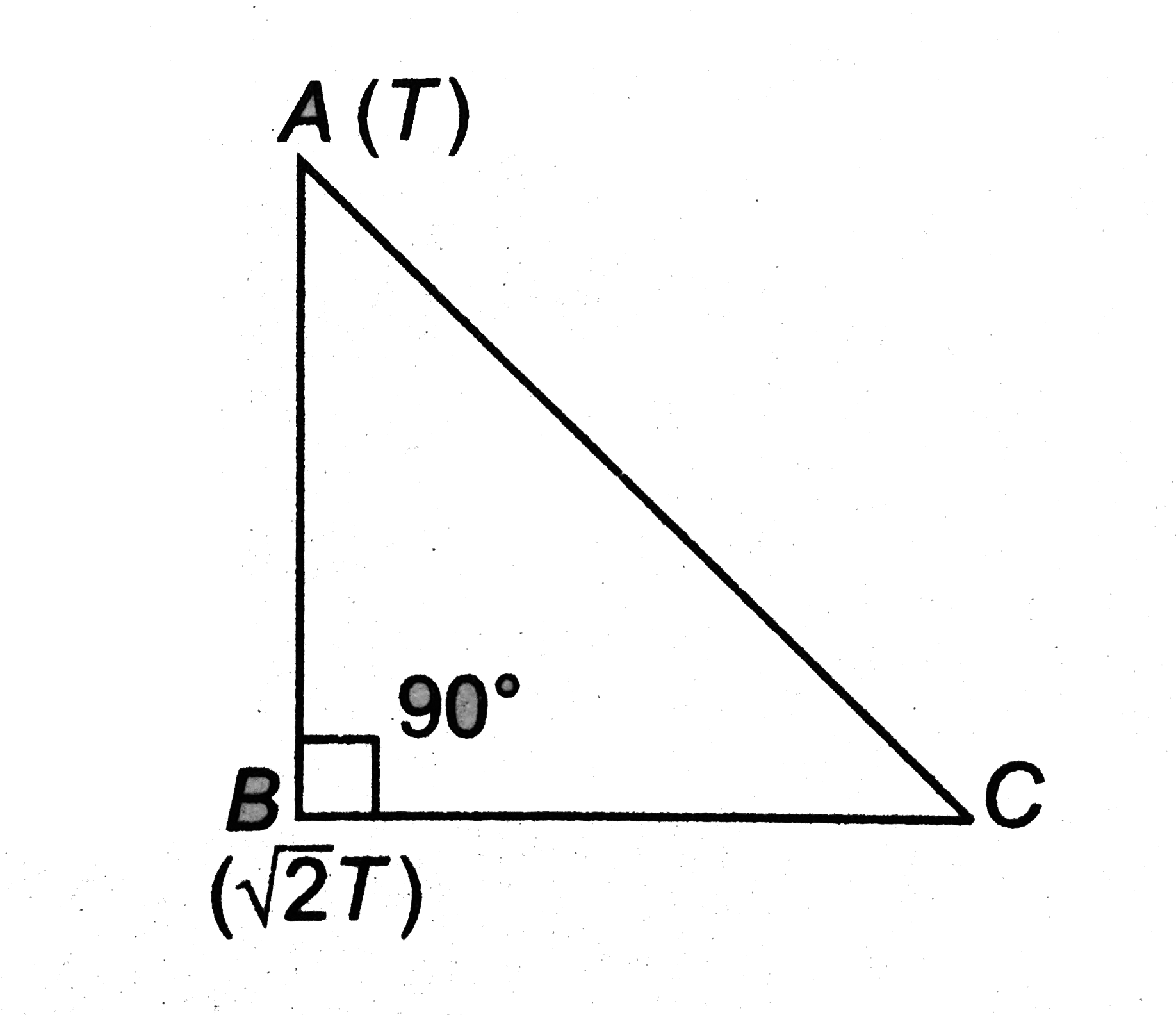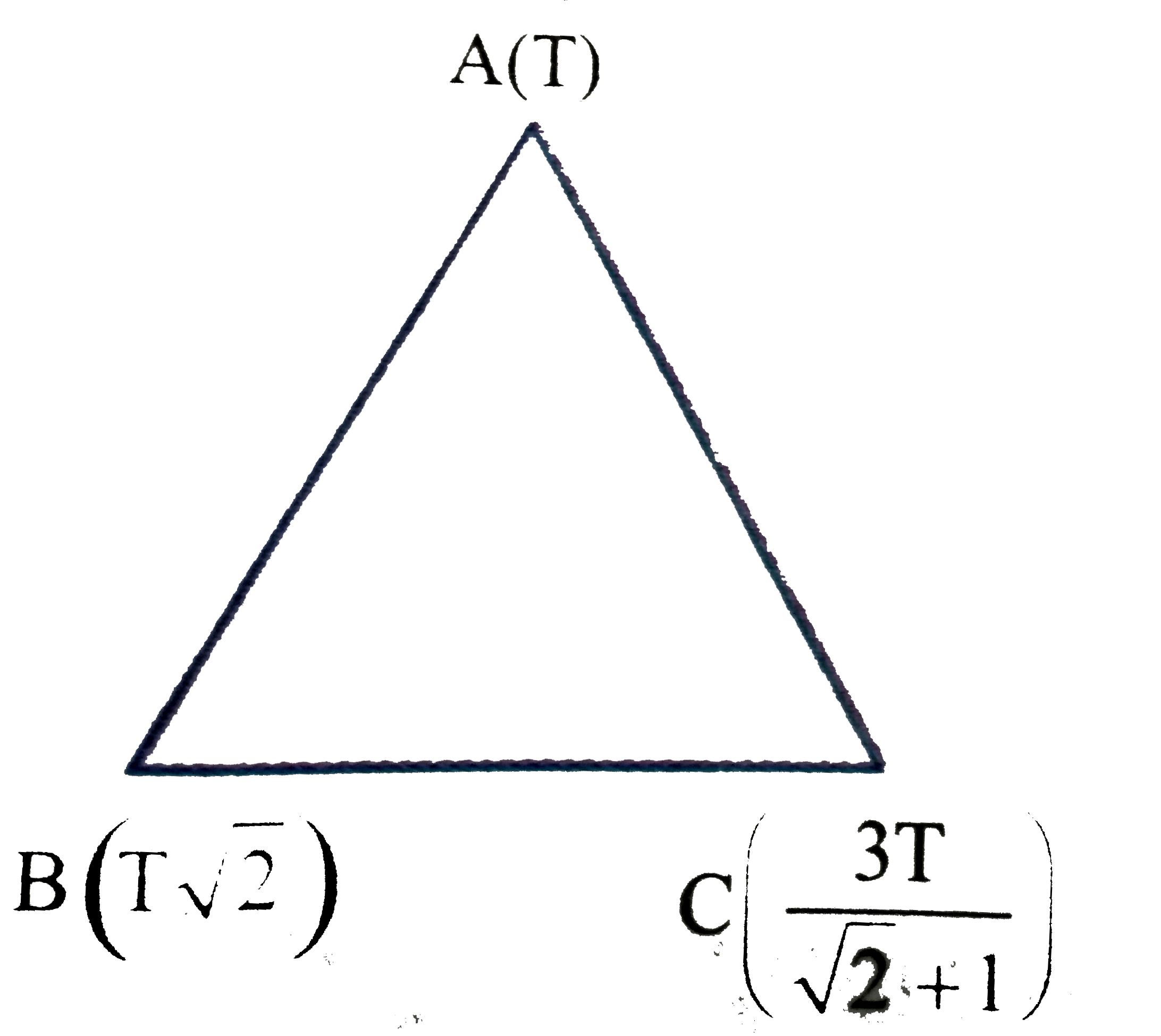Four rods of identical cross-sectional area and made from the same metal form the sides of square. The temperature of two diagonally opposite points are T and√2T respectively in the steady state. Assuming that only heat conduction takes place, what will be the temperature difference between other two points
√2+12T
2√2+1T
0
None of these
The correct Answer is:C
Step by step video, text & image solution for Four rods of identical cross-sectional area and made from the same metal form the sides of square. The temperature of two diagonally opposite points are T andsqrt( 2)T respectively in the steady state. Assuming that only heat conduction takes place, what will be the temperature difference between other two points by Physics experts to help you in doubts & scoring excellent marks in Class 11 exams.
Updated on:21/07/2023Topper's Solved these Questions
- TRANSMISSION OF HEATBOOK - ERRORLESS CHAPTER - TRANSMISSION OF HEATEXERCISE - Graphical Questions
17 Videos
- TRANSMISSION OF HEATBOOK - ERRORLESS CHAPTER - TRANSMISSION OF HEATEXERCISE - Assertion & Reason
24 Videos
- TRANSMISSION OF HEATBOOK - ERRORLESS CHAPTER - TRANSMISSION OF HEATEXERCISE - Radiation (Newton s Law of Cooling)
37 Videos
- THERMOMETRY, THERMAL EXPANSION AND CALORIMETRY BOOK - ERRORLESS CHAPTER - THERMOMETRY, THERMAL EXPANSION AND CALORIMETRY EXERCISE - Self Evaluation Test
15 Videos
- UNITS, DIMENSION & MEASUREMENTSBOOK - ERRORLESS CHAPTER - UNITS, DIMENSION & MEASUREMENTSEXERCISE - All Questions
333 Videos
Similar Questions
Three rods of same cross sectional area are made of same material and form the sides of a right-angled isosceles triangle PQR, right angled at Q. P and Q are maintained at temperature T and 2T, respectively. If the temperature of end R is T', then what is the ratio of T'/T. Assume that only heat conduction takes place.
View SolutionThree rods of identical cross-sectional area and made from the same metal, from the sides of an isosceles triangle ABC right angled at B, as shown in Fig .7(CF).23. The points A and B are maintained at temperature T and √2T respectively in the steady. Assuming that only heat conduction takes place, temperature of point C will be

View Solution
Knowledge Check

Three rods of identical cross-sectional area and made from the same metal form the sides of an isosceles Delta ABC right angled at B. The points A and B are maintained at temperetures T and √2T, respectively in the steady state. Assuming that only heat conduction takes place, temperature of point C isA3T√2+1BT√2+1CT3(√2−1)DT√2−1Three rods of identical cross-sectional area and made from the same metal form the sides of an insosceles triangle ABC right angled at B The pints A and B are maintained at temperatures T and √T respectively in the steady state Assuming that only heat conduction takes place, temperature of point C is .
 .A3T√2+1BT√2+1CT3(√2−1)DT√2−1
.A3T√2+1BT√2+1CT3(√2−1)DT√2−1Three rods of identical cross-sectional area and made from the same metal form the sides of an isosceles triangle ABC right angled at B as shown in the figure. The points A and B are maintained at temperature T and (√2)T respectively in the steady state. Assuming that only heat conduction takes place, temperature of point C will be
 AT(√2)−1BT(√2)+1C3T(√2)+1DT(√3)(√2−1)
AT(√2)−1BT(√2)+1C3T(√2)+1DT(√3)(√2−1)
Three rods of identical cross-sectional area and made from the same metal form the sides of an isosceles triangle ABC right angled at B as shown in the figure. The points A and B are maintained at temperature T and (√2)T respectively in the steady state. Assuming that only heat conduction takes place, temperature of point C will be

View SolutionThree rods of identical cross-sectional area and made from the same metal form the sides of an equilateral triangle ABC The points A and B are maintained at temperature √3T and T respectively In the steady state, the temperature of the point C is TC Assuming that only heat conduction takes place, the value of TC/T is equal to .
View SolutionThe three rods of same meterial and crosssectional area from the sides of a triangle ABC The points A,B and C are maintained at temperature TT√2 and 3T(√2+1) respectively Assuming that only heat conducting takes place the system is in steady state, find the angle at B The temperature difference per unit length along SB and CA is equal
 .
.
View SolutionThree rods of identical area of cross-section and made from the same metal from the sides of an isosceles triangle. ABC, right angled at B. The points A and B are maintained at temperatures T and √2T respectively. In the steady state the temperature of the point C is TC.
Assuming that only heat conduction takes place , TCT is equal to
View SolutionFour identical rods of same material are joined end to end to form a square. If the temperature difference between the ends of a diagonal is 100∘C, then the temperature difference between the ends of other diagonal will be
View Solution